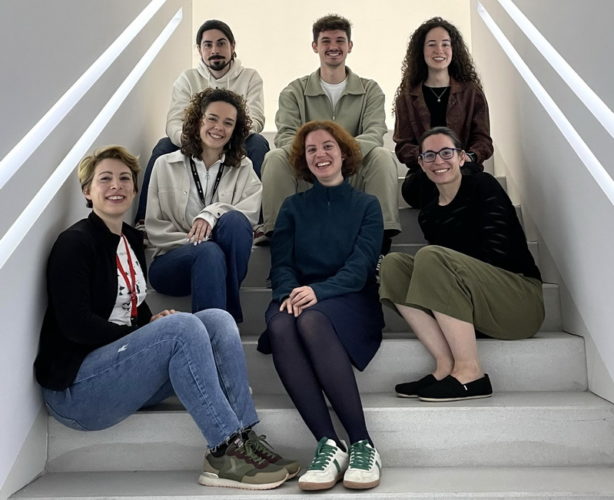People
Principal Investigator
Postdoctoral Researcher
Predoctoral Researchers
Research Assistants
-
Dalila Ciceri
-
Eneritz Rueda Alaña
Latest publications
-
Early deficits in an in vitro striatal microcircuit model carrying the Parkinson’s GBA-N370S mutation
npj Parkinson's Disease (Apr, 2024) DOI: 10.1038/s41531-024-00694-2 -
Histological Examination of Mitochondrial Morphology in a Parkinson's Disease Model
Journal of visualized experiments : JoVE (Jun, 2023) DOI: 10.3791/65453

